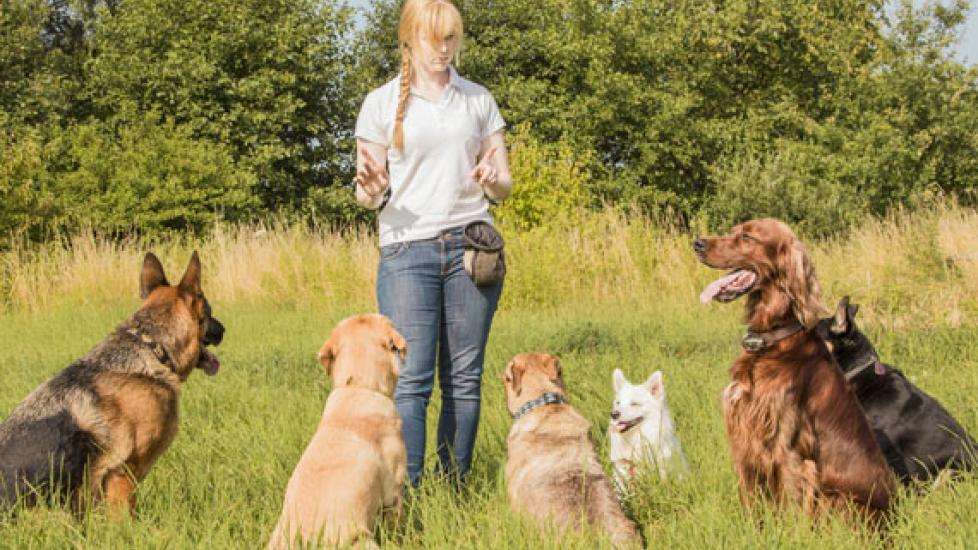In a world where our furry companions hold a special place in our hearts, it’s no wonder that the care and well-being of pets have become an integral part of modern life. As we strive to provide the best for these beloved members of our families, knowledge is key. From training techniques to dietary needs, there are countless facets to consider when caring for a pet. And so, let us embark on a journey through the delightful realm of canine capers and feline finesse—a world where every wag of a tail or meow has a story to tell.
Training your dog can be likened to directing a symphony; each command must flow seamlessly into the next, creating harmony from chaos. Positive reinforcement is the conductor’s baton here, guiding your pup towards obedience without fear. A treat in hand speaks volumes, much like honey attracts more than vinegar. Instead of scolding, reward desired behavior with a pat on the head and a piece of their favorite snack. This method not only strengthens the bond between you and your four-legged friend but also instills confidence in them, making learning a fun game rather than a chore.
Speaking of snacks, the diet of your pet is as crucial as the food you eat yourself. Each species and breed require different nutritional profiles to thrive. It’s important to consult with a veterinarian or a professional nutritionist to ensure your pet receives the right balance of proteins, fats, carbohydrates, vitamins, and minerals. Fresh ingredients often lead to fresher breath too! Just imagine the delight on your pooch’s face when they realize their dinner isn’t just nourishing but deliciously satisfying as well.
Grooming goes beyond aesthetics; it’s about maintaining good health for animals with dense coats or those who shed profusely. Regular brushing removes dead hair, prevents matting, and distributes natural oils throughout the coat. For dogs prone to tangles, a warm bath followed by a gentle towel dry can make all the difference. Remember, patience is key during grooming sessions because even the most docile pet might resist at times. But with a soothing voice and perhaps a bit of distraction (like a squeaky toy), you can turn what could be a struggle into a relaxing ritual.
As responsible pet owners, we must also address common issues that arise in our animal’s lives. Take separation anxiety, for example. It’s heartbreaking to leave behind a howling hound or a mewling cat. To alleviate this, create a safe environment filled with toys and treats that serve as comfort items while you’re away. Additionally, consistent routines help pets understand what to expect, reducing stress significantly. They may never stop missing you entirely, but with time and effort, they will learn to cope with your absences better.
Lastly, remember that pets are living beings with unique personalities and quirks. They don’t speak our language, yet they communicate in myriad ways. It’s up to us to observe, interpret, and respond appropriately. Whether it’s a wagging tail or a sullen silence, every gesture tells a tale if one knows how to listen. By understanding their body language and behaviors, we can foster deeper connections with our pets, enriching both their lives and ours immeasurably.
So, fellow animal enthusiasts, let us continue to hone our skills in the art of pet parenting. Let us sweeten the deal with kindness, diligence, and plenty of affection. After all, love is the ultimate ingredient in any recipe for a happy home—whether two-legged or four.
